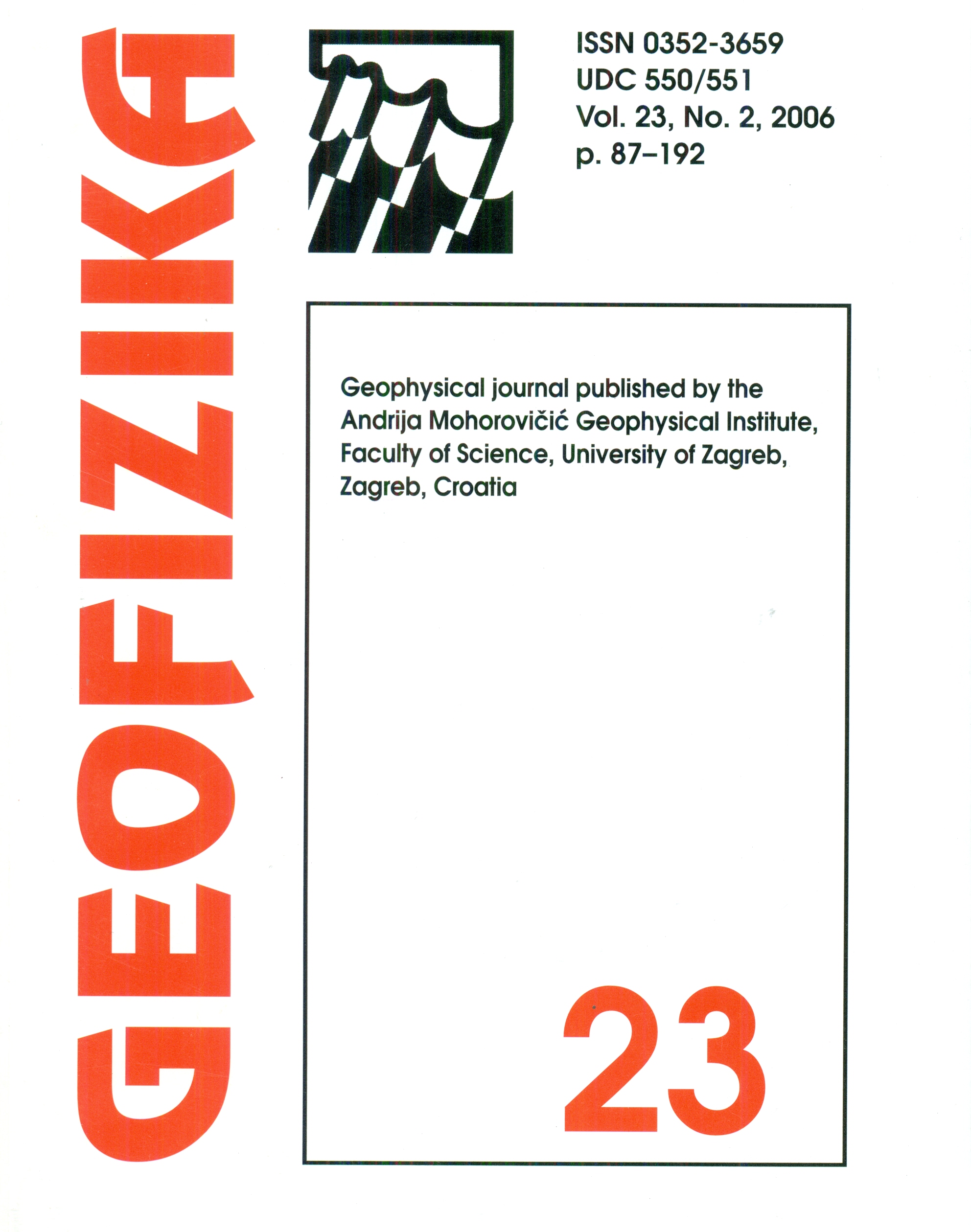Preliminary paleomagnetic results of a terminal pleistocene/holocene record from northeastern Buenos Aires province (Argentina)
Keywords:
Paleomagnetism, paleosecular variation, terminal Pleistocene, Holocene, South America, ArgentinaAbstract
Paleomagnetic data from the Lomas del Mirador (34° 39.29’ S, 58° 32.17’ W) sedimentary section in northeastern Buenos Aires province (Argentina) comprises 149 oriented samples that record a significant but gentle gradual change in the geomagnetic field at the terminal Pleistocene and Holocene. Based on rock magnetic and detrital remanence experiments, the deposit seems to be a good recorder of the past geomagnetic field behavior. The characteristic remanent magnetization (ChRM), determined by progressive AF demagnetization, shows that the sections registered normal and intermediate polarities during the terminal Pleistocene/Holocene. The PSV is characterized by a large variation with ~ 80° difference in inclination in both sections and a significant but gentle westward shift in the declination in the upper part. A similar trend was observed in the paleomagnetic record registered in other sections from northeastern Argentina. This remarkably large PSV, especially the inclination record, became a reliable chronostratigraphical marker for latest Pleistocene/Holocene sedimentary deposits in northeastern Buenos Aires. VGPs resemble those registered during terminal Pleistocene and Holocene in the southern cone of South America. Palaeomagnetic poles for the sections other contemporaneous sites from northeastern Argentina fall some ~ 5–15° away from the Earth’s rotation’s axis.
Downloads
Published
Issue
Section
License
Copyright (c) 2021 Geofizika journal

This work is licensed under a Creative Commons Attribution-NonCommercial 4.0 International License.

